The Florida hurricane season is a period of heightened anxiety for homeowners across the state. With storms growing increasingly unpredictable in intensity, protecting one's property has become more critical than ever. Among the most vulnerable points in any home are the windows—glass panes that, if left unprotected, can shatter under the force of flying debris or extreme winds, leading to catastrophic damage. Window reinforcement isn’t just a precaution; it’s a necessity for survival during these violent weather events.
For decades, Floridians have relied on makeshift solutions like plywood boards nailed over windows when a storm loomed. While this method is better than nothing, it’s far from foolproof. Plywood can warp, split, or even become dangerous projectiles if not secured properly. Modern advancements in storm protection have introduced more reliable alternatives, such as impact-resistant glass, hurricane shutters, and laminated films. These options vary in cost and effectiveness, but they all share a common goal: to keep the home’s interior safe from wind and water infiltration.
Impact-resistant windows are among the most effective solutions, though they come with a higher upfront cost. These windows are constructed with multiple layers of glass bonded by a durable interlayer, usually made of polyvinyl butyral (PVB) or ethylene-vinyl acetate (EVA). When struck by debris, the glass may crack, but the interlayer holds it together, preventing shattering. Many of these windows meet the stringent standards set by the Miami-Dade County Product Control Division, which is widely regarded as the gold standard for hurricane-resistant building materials.
Another popular option is hurricane shutters, which can be permanently installed or deployed as needed. Accordion shutters, for example, fold neatly beside windows when not in use and can be quickly pulled across when a storm approaches. Bahama shutters, which double as shade providers, are another aesthetically pleasing yet functional choice. Roll-down shutters, often made of aluminum or steel, offer robust protection and can be operated manually or with a motor. Each type has its pros and cons, but all provide a stronger barrier than temporary plywood coverings.
For those seeking a more budget-friendly approach, window films present a viable middle ground. These adhesive laminates are applied directly to existing glass, adding a layer of reinforcement that holds shattered fragments together. While they won’t prevent the glass from breaking, they can reduce the risk of injury and minimize wind-driven rain from entering the home. However, films are not a standalone solution—they work best when paired with other protective measures, such as storm shutters.
Beyond material choices, proper installation is just as crucial as the product itself. A poorly installed hurricane shutter or impact-resistant window can fail under pressure, rendering even the most expensive solutions useless. Many homeowners make the mistake of assuming that DIY installation will suffice, but in reality, professional installation ensures that reinforcements can withstand the forces of a Category 4 or 5 hurricane. Contractors familiar with Florida’s building codes can assess a home’s vulnerabilities and recommend the best course of action.
Insurance companies also play a role in incentivizing homeowners to reinforce their windows. Many providers offer significant discounts on premiums for homes equipped with hurricane-resistant features. In some cases, the long-term savings on insurance can offset the initial investment in high-quality storm protection. Additionally, reinforced windows can increase a home’s resale value, as buyers in hurricane-prone areas prioritize safety and durability.
As climate change continues to influence the frequency and severity of hurricanes, the importance of window reinforcement cannot be overstated. What was once considered an optional upgrade is now a critical component of home safety in Florida. Whether through impact-resistant glass, shutters, or films, taking proactive steps to protect windows can mean the difference between minor damage and total devastation. For those living in the Sunshine State, preparing for the worst isn’t just wise—it’s essential.

By Sarah Davis/Apr 14, 2025

By James Moore/Apr 14, 2025
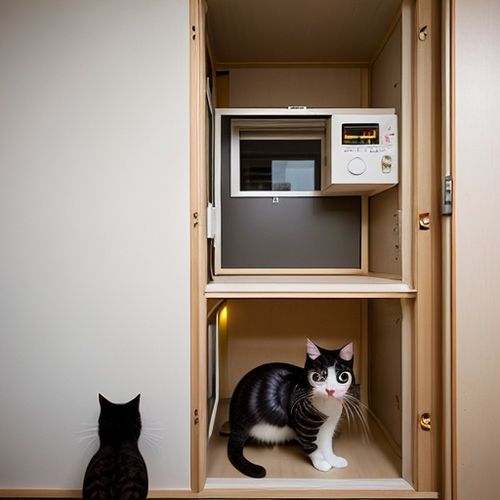
By Victoria Gonzalez/Apr 14, 2025

By Christopher Harris/Apr 14, 2025

By Megan Clark/Apr 14, 2025
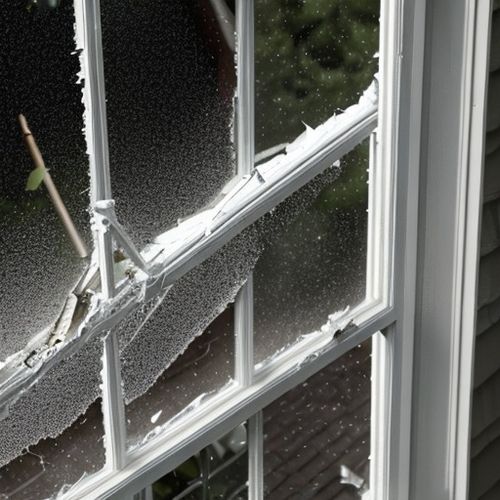
By Benjamin Evans/Apr 14, 2025

By Emily Johnson/Apr 14, 2025
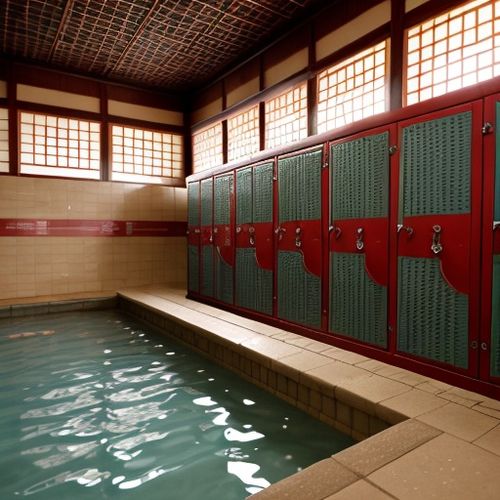
By Laura Wilson/Apr 14, 2025

By Victoria Gonzalez/Apr 14, 2025
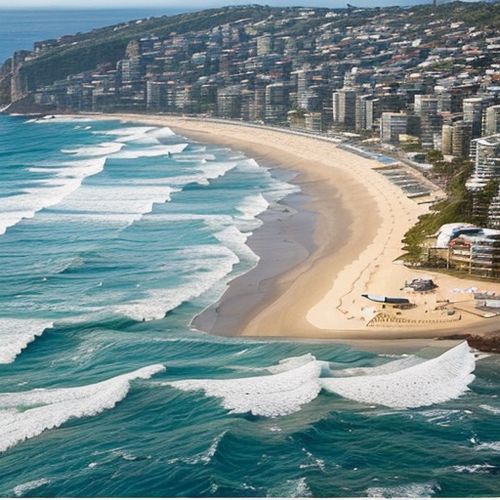
By John Smith/Apr 14, 2025

By Jessica Lee/Apr 14, 2025

By Noah Bell/Apr 14, 2025

By John Smith/Apr 14, 2025

By Benjamin Evans/Apr 14, 2025
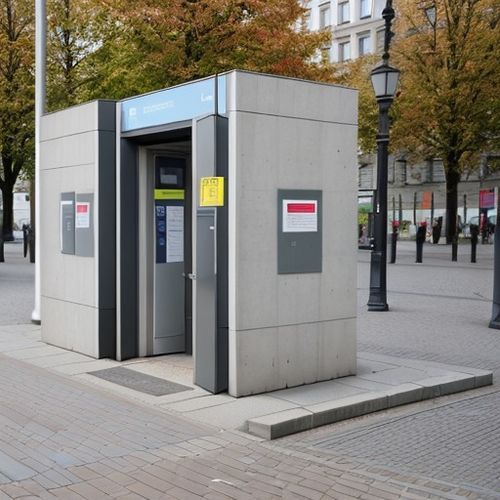
By Ryan Martin/Apr 14, 2025

By Megan Clark/Apr 14, 2025

By John Smith/Apr 14, 2025

By Natalie Campbell/Apr 14, 2025

By Noah Bell/Apr 14, 2025

By Lily Simpson/Apr 14, 2025